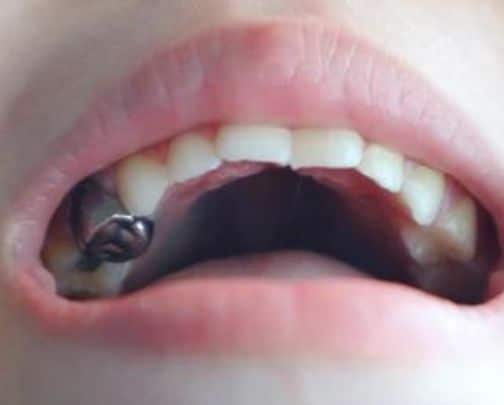Dental Crowns
Dental Crowns for Protection and Restoration RI
In the realm of dental care, the notion that a damaged tooth could self-repair perpetuates hope. Regrettably, teeth lack the intrinsic ability to heal or rejuvenate their compromised enamel. Fear not, for we stand poised to intervene, offering a solution to both shield and renew the tooth’s integrity through the application of a dental crown.
Dental crowns emerge as a multifaceted remedy, exhibiting the prowess to safeguard a vulnerable tooth from potential infections, refurbish a compromised tooth, veil a dental implant, secure a dental bridge in its designated position, and deliver an aesthetically pleasing, natural visage.
For those grappling with a weakened or injured tooth, the pathway to fortification and enhancement unfurls by securing an appointment with us for the transformative intervention of a dental crown.
What are dental crowns?
A dental crown serves as a cap enveloping the tooth, primarily employed to restore a damaged tooth but also serving aesthetic purposes. Crowns can be crafted from three distinct materials: all-metal, ceramic-on-metal, and all-ceramic. The choice of material depends on the crown’s location within the teeth. All-ceramic crowns are preferred for front teeth to achieve a natural appearance. Alternatively, patients often opt for ceramic-on-metal crowns, combining a natural look with the durability inherent in metal.
What are dental bridges?


